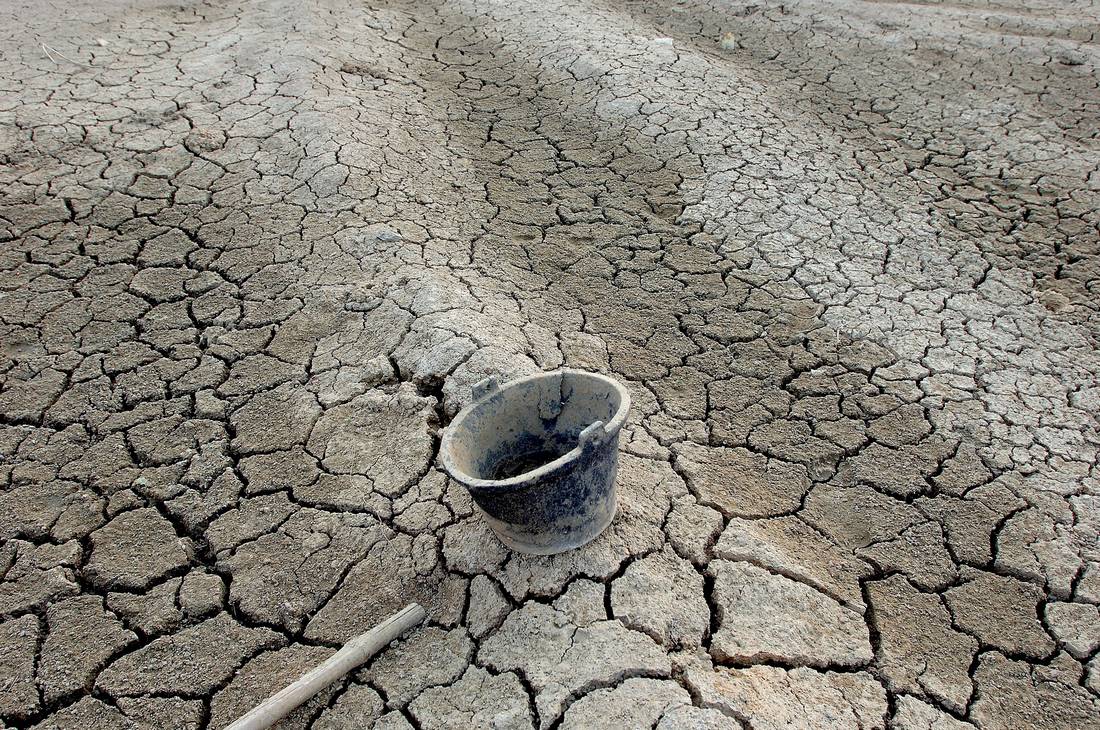الرباط، المغرب (CNN)— دقت دراسة حديثة ناقوس الخطر فيما يخصّ الموارد الغذائية لمنطقة شمال إفريقيا والشرق الأوسط، وذلك بعدما بينت أن المنطقة تستورد حاليًا 40 في المئة من حاجياتها من الحبوب، وأن الطلب على المواد الفلاحية تضاعف ست مرات في المنطقة ما بين 1961 و2011، وأن الخطير هو أن استيراد هذه المواد قد يصل إلى 70 في المئة مستقبلًا.
الدراسة التي أصدرها المعهد الوطني للبحث الزراعي بفرنسا (INRA) بشراكة مع جمعية "بلوغياكري"، أكدت أن التطوّر الديمغرافي الهائل الذي شهدته المنطقة رافقته حاجة ملّحة لتوفير الحاجيات الغذائية، مما حذا بدول المنطقة إلى تطوير زراعاتها، بيدَ أن ذلك لم ينفع في توفير الحاجيات، لا سيما للتحديات المناخية التي ستجعل الكثير من الأراضي غير صالحة للزراعة بالمنطقة.
وأوضحت الدراسة أن السياسات المتبعة حاليًا من دول المنطقة لحلّ المشكل لن تساعد أبدًا في ضمان استقلاليتها فيما يخصّ المواد الغذائية، وذلك باستثناء تركيا ومصر، ممّا سيزيد من حالة عدم التوازن، ويوجه دول المنطقة (التي تبقى في جلها عربية) إلى البحث في الأسواق الدولية عمّا يغطي الحاجيات الغذائية لساكنتها.
وتعد الحبوب والبذور الزيتية أكثر ما يتهدده النقصان المستمر بالمنطقة بسبب الحاجة إلى الأعلاف الحيوانية وطبيعة الأنظمة الغذائية لساكنة المنطقة، وكمثال على ذلك، فاستيراد الحبوب لوحدها تضاعف مؤخرًا بـ15 مرة.
ويظهر الخطر أكثر في المنطقة المغاربية حسب التقرير، ستتضرّر أكثر فيما يخصّ الأراضي القابلة للزراعة في أفق عام 2050، وأنها ستفقد بسبب التقلبات المناخية حوالي 50 في المئة من هذه الأراضي، بينما ستفقد الكثير من الدول في منطقة الشرق الأوسط حوالي الربع من أراضيها، فيما لن تتعرّض دول أخرى لأخطار كبيرة.
كما يتجلّى الخطر فيما يخصّ المياه، إذ أكدت الدراسة أن جلّ دول المنطقة تجاوزت سقف 80 في المئة في استغلال مواردها المائية المتجددة، وأن هناك تهديدًا حقيقيًا بالجفاف، وذلك لتزايد استخدام الماء في المجالات الفلاحية والصناعية والحضرية.
وظهرت الدراسة جد متشائمة فيما يخصّ السياسات المتبعة حاليًا لإيقاف هذا النزيف في الحاجيات الغذائية، بما أن آثارها تبقى جد محدودة رغم الميزانيات الضخمة المرصودة لها، بينما يبقى الحل حسب الدراسة هو العمل على إيقاف التغييرات المناخية في العالم، وهو ما ستقوم به فقط سياسات عالمية قوية واتفاقيات دولية تجعل العالم واعيًا بهذا الخطر.
